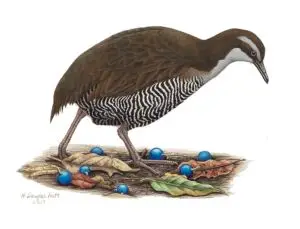
Guam Rail
The Ko’ko’ is a large rail, standing 11 to 12 inches or about 28 centimeters tall. It lived in secondary forested areas mixed with grasslands

The Ko’ko’ is a large rail, standing 11 to 12 inches or about 28 centimeters tall. It lived in secondary forested areas mixed with grasslands

Nosa’ live in native limestone and ravine forest trees as well as tangantangan thickets. Nests are placed high in the tree canopy and are made
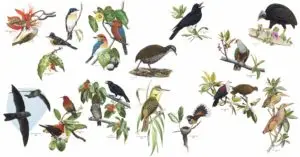
The limestone and ravine forests of Guam have historically supported 14 species of terrestrial birds. Two of these 14 birds are endemic to Guam at
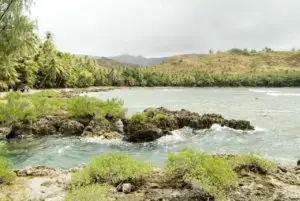
At 13 degrees north latitude and 144 degrees east longitude, the island of Guam is the largest in size (214 square miles), the most populated,
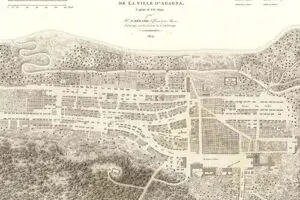
These maps of Guam were put together with the intent to illustrate the evolution of the cartography of Guam.
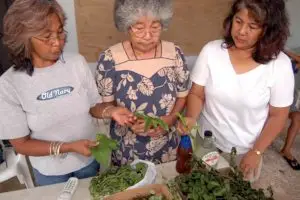
Editor’s note: This glossary was reprinted from ”Cultural Traditions,” of the Hale’-ta Series, with permission from the Department of CHamoru Affairs, Government of Guam.

Guampedia acknowledges organizations and individuals for photo contributions used to develop the Guampedia Historic Eras Timeline.
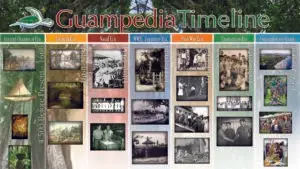
Guam, the largest and southernmost of the Mariana Islands chain, has a unique and complex cultural history.
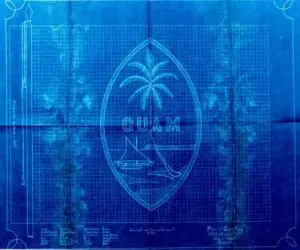
The Guam seal is an oval outlined in red that tapers and comes to two pointed ends. This shape is in reference to the ancient
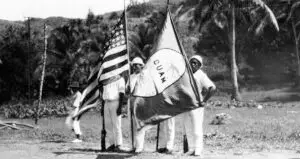
The composition of the Guam Hymn was greatly influenced by the socio-cultural and political history of pre-World War II Guam during the Naval Era. It